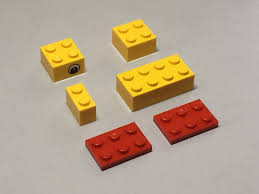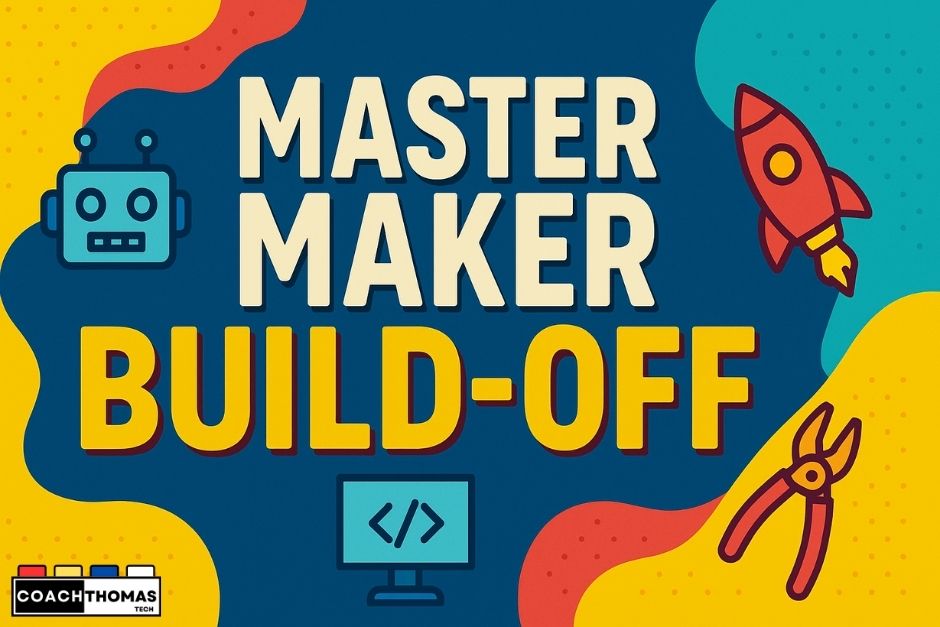In the realm of education, the concept of play is often relegated to the sidelines, perceived as a distraction from the more “serious” task of learning. However, emerging research and educational practices reveal that play is far from a frivolous activity; it is a powerful pedagogical tool that can enhance learning, foster creativity, and improve social skills. Integrating play into educational settings is not just about making learning fun—it’s about making learning more effective.
The Importance of Play in Learning
1. Enhancing Engagement and Motivation
One of the most significant benefits of incorporating play into education is the enhancement of student engagement and motivation. Playful activities captivate students’ interests, making them more eager to participate and invest in their learning. When students are engaged, they are more likely to retain information and develop a positive attitude towards learning.
Research by the American Academy of Pediatrics (AAP) highlights that play helps children learn how to work in groups, share, negotiate, resolve conflicts, and learn self-advocacy skills . When students engage in playful learning, they are not just passive recipients of information; they become active participants in their education.
2. Fostering Creativity and Innovation
Play naturally encourages creativity and innovation. Through play, students explore new ideas, experiment with different solutions, and think outside the box. This creative process is crucial for developing problem-solving skills and fostering an innovative mindset. According to a report by the LEGO Foundation, playful learning experiences support the development of creativity, critical thinking, and problem-solving abilities .
In a classroom setting, incorporating play can involve activities like building structures with blocks, creating art projects, or engaging in role-playing scenarios. These activities allow students to express themselves creatively and explore new concepts in a hands-on manner.
3. Supporting Social and Emotional Development
Play is not only about intellectual growth; it also plays a vital role in social and emotional development. Through play, children learn to communicate effectively, collaborate with peers, and develop empathy. These social skills are essential for success in both academic and real-world settings.
A study published in the journal Pediatrics found that play is essential for healthy brain development and helps children develop new competencies that lead to enhanced confidence and the resiliency they will need to face future challenges . By integrating play into the classroom, educators can create a supportive environment where students feel safe to express their emotions and develop meaningful relationships with their peers.
Practical Strategies for Integrating Play into Education
1. Incorporate Play-Based Learning Activities
Play-based learning activities are designed to be both educational and enjoyable. These activities can be integrated into various subjects and grade levels. For example, in a science class, students can participate in hands-on experiments that involve playful exploration and discovery. In a language arts class, students can engage in storytelling and dramatization activities that enhance their literacy skills.
Resources like Playworks offer a wealth of ideas and activities for incorporating play into the classroom. These activities are structured to promote physical activity, teamwork, and problem-solving skills.
2. Use Educational Games and Simulations
Educational games and simulations are effective tools for making learning more interactive and engaging. These digital tools can be used to teach a wide range of subjects, from mathematics to history. For instance, platforms like Kahoot! and Quizlet offer interactive quizzes and games that make learning fun and competitive.
Simulations, such as virtual labs and interactive models, allow students to experiment with complex concepts in a safe and controlled environment. These tools provide immediate feedback, helping students understand their mistakes and learn from them.
3. Create Maker Spaces and Hands-On Learning Environments
Maker spaces are creative hubs where students can engage in hands-on activities and projects. These spaces are equipped with various tools and materials, such as 3D printers, robotics kits, and craft supplies, allowing students to build, design, and innovate.
Creating a maker space in the classroom encourages students to take ownership of their learning and explore their interests. According to the Maker Education Initiative, maker-centered learning fosters a growth mindset, collaboration, and real-world problem-solving skills .
4. Implement Role-Playing and Simulation Games
Role-playing and simulation games are powerful tools for experiential learning. These activities allow students to immerse themselves in different scenarios and practice real-life skills. For example, in a social studies class, students can simulate a historical event, taking on the roles of various historical figures and debating key issues.
Role-playing games encourage students to think critically, communicate effectively, and collaborate with their peers. They also provide a safe space for students to explore different perspectives and develop empathy.
Overcoming Challenges in Integrating Play
While the benefits of play in education are clear, integrating play into the classroom can present challenges. Limited resources, time constraints, and curriculum demands can make it difficult for educators to implement playful learning activities. However, these challenges can be overcome with creative solutions and support from the educational community.
1. Seeking Funding and Resources
One of the primary obstacles to integrating play is the lack of resources. Educators can seek funding and support from various organizations and grants dedicated to promoting play and experiential learning. Websites like DonorsChoose and Grants.gov offer opportunities for educators to secure funding for play-based learning projects.
2. Professional Development and Training
Educators need the skills and confidence to effectively integrate play into their teaching. Professional development and training programs can provide educators with the knowledge and strategies they need to create a playful learning environment. Organizations like Edutopia and The National Association for the Education of Young Children (NAEYC) offer resources and workshops on play-based learning.
3. Collaborating with Colleagues and Community
Collaboration is key to successfully integrating play into education. Educators can work together to share ideas, resources, and best practices. Additionally, involving parents and the community in play-based initiatives can create a supportive network that values and promotes the importance of play.
Conclusion
Incorporating play into education is not just about making learning fun; it’s about creating a dynamic and effective learning environment that fosters creativity, critical thinking, and social skills. By embracing play, educators can transform their classrooms into spaces where students are engaged, motivated, and equipped with the skills they need for future success.
Call to Action
As educators, let’s commit to integrating more play into our classrooms. Start by implementing small, playful activities and gradually build towards more comprehensive play-based learning strategies. Share your experiences and ideas with your peers, and continue to seek out resources and professional development opportunities.
Join the conversation on social media using the hashtag #PlayfulLearning. Share your stories, post your questions, or offer tips to your fellow educators. Let’s create a community where we can all learn from each other and keep pushing the boundaries of what educational excellence looks like.
For more resources and ideas on integrating play into education, visit Playworks, Edutopia, and The LEGO Foundation.
Let’s make learning playful and transformative!
By embracing the power of play in education, we can create learning environments that are not only more engaging but also more effective in preparing students for the challenges of the future.



